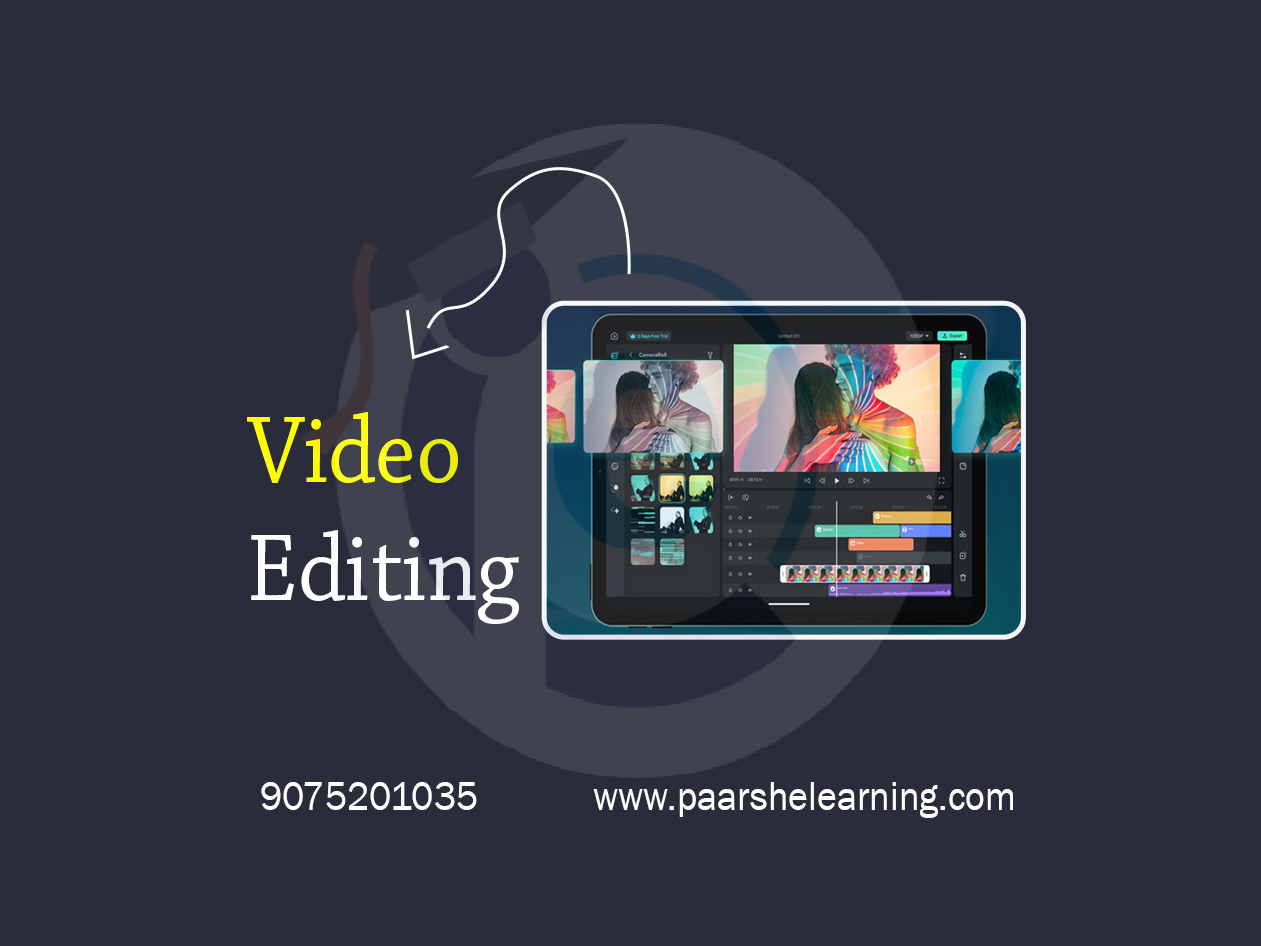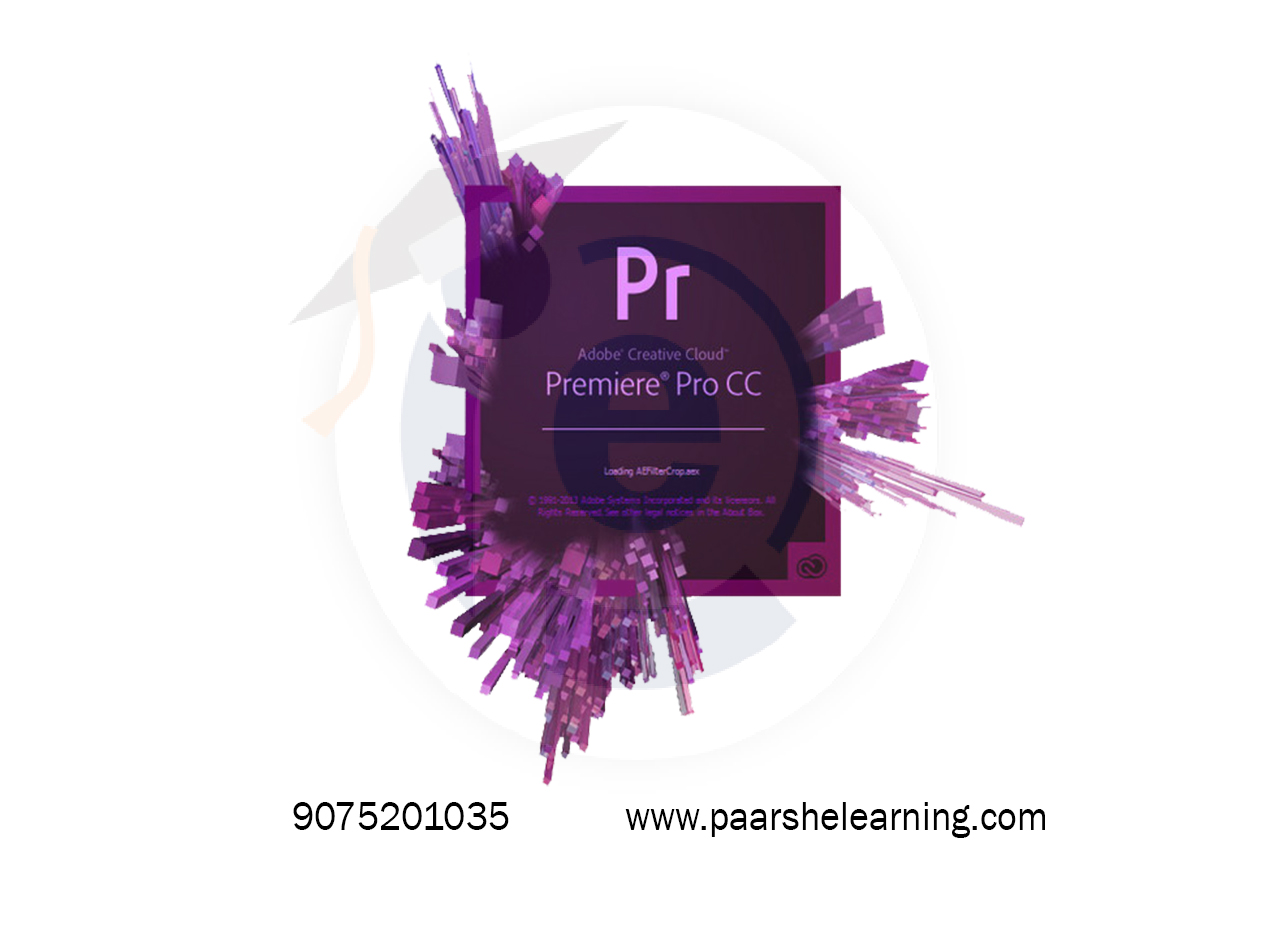- Start with the basics: Before diving into more complex projects, it's important to have a solid understanding of the fundamentals of After Effects. This includes understanding the interface, layers, keyframes, and effects. You can find many beginner-level tutorials and courses online that cover these topics.
- Practice with projects: After getting familiar with the basics, start working on small projects to practice your skills. You can find project files and templates online to work with or create your own projects from scratch. This will help you get more comfortable with the software and build your portfolio.
- Learn from online tutorials: There are many free and paid tutorials available online for learning After Effects. Websites like Lynda.com, Udemy, and YouTube offer courses on various aspects of After Effects, from basic to advanced. Find a tutorial that matches your skill level and interests and follow along with the instructor.
- Join a community: After Effects has a large community of users who share their knowledge, tips, and tricks online. Joining online forums, groups, or communities can help you connect with other users and learn from their experiences.
- Experiment with new features: After Effects is constantly evolving, with new features and updates being released regularly. Stay up to date with the latest releases and experiment with new features to stay ahead of the curve.
After Effects
Course description
After Effects is a powerful digital visual effect, motion graphics, and compositing software developed by Adobe Systems. It is primarily used in the post-production process of film, television, and online video production to create visually stunning animations, titles, and visual effects.
After Effects provides a timeline-based interface where users can create and manipulate layers of various types, including video clips, images, text, and graphics. These layers can be arranged in a stack and modified using a wide range of tools and effects to create unique visual compositions. Users can apply keyframes to control the animation properties of layers, such as position, scale, rotation, opacity, and more, allowing for intricate and dynamic animations.
One of the notable features of After Effects is its extensive library of built-in effects and plugins, which allow users to apply a wide range of visual enhancements to their compositions, such as color correction, motion blur, particle effects, and more. Users can also create their own custom effects using Adobe's Expressions scripting language, which provides advanced scripting capabilities for creating complex animations and interactions.
After Effects also supports 3D compositing and animation, allowing users to create three-dimensional scenes and animations within the software. This feature is particularly useful for creating visual effects that involve 3D elements, such as virtual environments, 3D text, and 3D animations.
After Effects can be integrated with other Adobe Creative Suite products, such as Photoshop, Illustrator, and Premiere Pro, allowing for seamless workflow and interchangeability of assets and compositions. It also supports the import and export of a wide range of file formats, making it compatible with various video production pipelines.
Overall, After Effects is a versatile and powerful tool for creating professional-quality visual effects, motion graphics, and animations, and it is widely used in the film, television, advertising, and online video production industries.
What you will learn from this course?
This course includes!
- Daily Live session
- Access on Mobile and TV
- Certificate of completion
- Recommendation Letter
- Free lifetime access
- Resume building sessions
- 100% Job Placement
This course is for
- Video Editors: If you work in video editing, knowing After Effects can be a valuable skill that allows you to create and edit complex visual effects and motion graphics. This can help enhance the quality and impact of your videos.
- Motion Graphic Designers: After Effects is a powerful tool for creating motion graphics, so if you work in this field, learning After Effects can help you create stunning visual effects, animated typography, and other dynamic designs.
- Filmmakers: Filmmakers can use After Effects to create visual effects for their films, such as explosions, fire, and other special effects. It can also be used to add titles and graphics to films, making it an essential tool for post-production work.
- Digital Marketers: If you work in digital marketing, learning After Effects can help you create engaging videos and social media content that stands out from the competition. It can be used to create explainer videos, product demos, and other marketing content.
- Students and hobbyists: Even if you're not working in a professional field, learning After Effects can be a fun and rewarding skill to have. It can be used to create animations and special effects for personal projects, such as short films or YouTube videos.
Prerequisites for this course
- Computer skills: A basic understanding of computers and software is required to work with After Effects. You should be familiar with how to operate a computer, how to install software, and how to navigate an operating system.
- Graphic design concepts: Understanding the basic principles of graphic design, such as color theory, typography, and layout, can help you create more effective visual effects and motion graphics in After Effects.
- Basic knowledge of video editing: It's recommended that you have a basic understanding of video editing concepts, such as video codecs, frame rates, and resolution, before working with After Effects.
- Creative thinking: After Effects is a tool for creative expression, so having a creative mindset and thinking outside of the box can help you create unique and engaging visual effects and animations.
- Adobe Creative Cloud knowledge: While not required, having some knowledge of other Adobe Creative Cloud applications, such as Photoshop and Illustrator, can be helpful when working with After Effects. This can help you import and manipulate assets from these programs more easily.
After Effects Syllabus
-
Introduction To After Effects
Understanding the role of After Effects in motion graphics and VFX Interface overview and workspace customization Importing and organizing assets for projects Creating a new composition and understanding composition settings
-
Basic Animation Principles
Introduction to animation principles: keyframes, timing, and easing Animating properties such as position, scale, rotation Creating simple motion graphics using keyframes Using the Graph Editor for fine-tuning animations
-
Working With Layers And Effects
Layer properties and blending modes Applying and customizing effects and presets Introduction to shape layers and vector graphics Creating basic transitions and animations using effects
-
Text Animation And Typography
Creating text layers and formatting text Animating text using text animators Utilizing presets and text animation templates Creating kinetic typography and animated titles
-
Motion Tracking And Stabilization
Introduction to motion tracking and stabilization Using the 2D tracker for simple tracking tasks Applying tracking data to text, graphics, or effects Stabilizing shaky footage using the Warp Stabilizer
-
Green Screen And Visual Effects
Working with green screen footage (chroma key) Creating visual effects using layer masking and compositing Adding explosions, fire, and other VFX elements Introduction to the Roto Brush tool for detailed masking
-
3d Animation And Camera Work
Creating and animating 3D layers in After Effects Using the camera tool for creating 3D scenes Adding depth of field and camera movements Working with lights and shadows in 3D compositions
-
Advanced Techniques And Exporting
Using expressions for advanced animations and interactions Introduction to scripting with Adobe ExtendScript Toolkit Exporting projects in various formats and resolutions Creating a final project showcasing various motion graphics and VFX techniques
-
Paarsh E-Learning encourages hands-on practice, assignments, and projects throughout the course to reinforce students' understanding of After Effects concepts. Assign projects that involve creating different types of motion graphics, visual effects, and animations. Cover both theoretical concepts and practical applications to provide a well-rounded learning experience.



